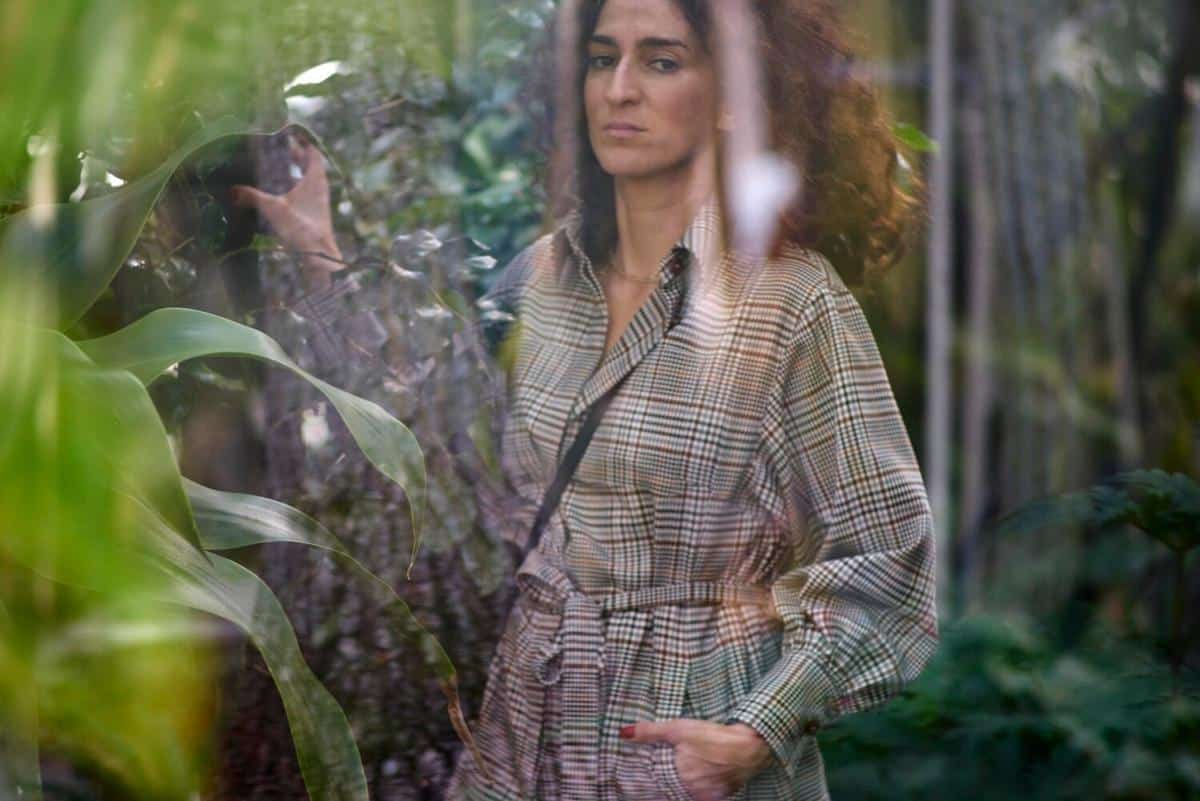
How to Build a Sustainable Wardrobe on a Budget
Building a sustainable wardrobe on a budget might seem like a daunting task, but with a little guidance and creativity, it can become an achievable and fulfilling endeavor.
In recent years, the fashion industry has seen a significant shift towards sustainability, driven by growing awareness of environmental issues and ethical concerns. According to the Ellen MacArthur Foundation, the fashion industry is responsible for 10% of global carbon emissions and is the second-largest consumer of water worldwide. This has led many individuals to consider more sustainable practices when it comes to their clothing choices. But how can you build a sustainable wardrobe without breaking the bank?
Understanding Sustainable Fashion
Sustainable fashion is all about making choices that are environmentally friendly and socially responsible. It encompasses various practices, from choosing materials with a lower environmental impact to supporting fair labor conditions.
Expert Insights
Clothing designer and sustainability advocate, Stella McCartney, emphasizes, “Sustainability is not just about being eco-friendly; it’s about realigning the industry with humane and ethical practices.”
Steps to Building a Sustainable Wardrobe
1. Evaluate Your Current Wardrobe
Start by assessing what you already own. Identify pieces you wear often and those that haven’t seen the light of day in years. This will help you understand your clothing needs and avoid unnecessary purchases.
2. Choose Quality Over Quantity
Invest in pieces that are made to last. According to a report by WRAP, extending the average life of clothes by just nine months can reduce carbon, water, and waste footprints by 20-30%.
3. Thrift and Swap
Thrifting is an excellent way to find unique items at a fraction of the price. Clothing swaps with friends are also a fun and cost-effective way to refresh your wardrobe.
4. Opt for Sustainable Materials
Look for clothing made from organic cotton, linen, or recycled materials. These fabrics typically have a lower environmental impact compared to conventional materials.
5. Support Ethical Brands
Research brands that prioritize ethical production practices. Websites like Good On You provide ratings for brands based on their sustainability efforts.
Creating a Capsule Wardrobe
Consider creating a capsule wardrobe, which consists of a limited number of versatile pieces that can be mixed and matched. This approach not only simplifies your wardrobe but also encourages mindful consumption.
| Item | Material | Price Range | Longevity |
|---|---|---|---|
| Basic T-shirt | Organic Cotton | $15-$30 | 2-3 years |
| Jeans | Recycled Denim | $50-$100 | 3-5 years |
| Sweater | Wool | $40-$80 | 3-4 years |
| Jacket | Linen | $60-$120 | 5-7 years |
| Sneakers | Recycled Materials | $40-$90 | 2-4 years |
| Dress | Tencel | $50-$100 | 3-5 years |
| Scarf | Bamboo | $15-$40 | 2-3 years |
| Bag | Vegan Leather | $30-$70 | 3-5 years |
FAQs
How can I ensure my purchases are sustainable?
Research brands and their production practices. Look for certifications like Fair Trade or GOTS (Global Organic Textile Standard).
Does sustainable fashion cost more?
While some sustainable pieces may have a higher upfront cost, they often last longer, making them cost-effective in the long run.
Can I still follow fashion trends while being sustainable?
Absolutely! Focus on timeless pieces and use accessories to incorporate trends.
Conclusion
Building a sustainable wardrobe on a budget is not only possible but also rewarding. By making informed choices, you can contribute to a more sustainable future while enjoying a wardrobe that reflects your values. Start small, stay informed, and remember that every little step counts.